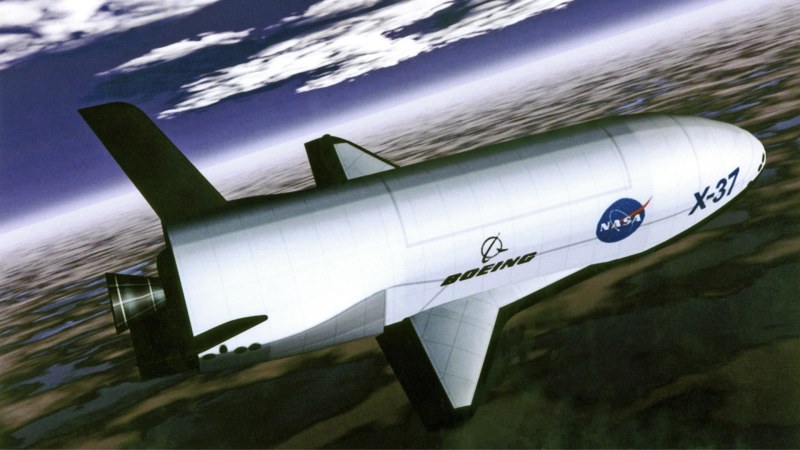The United States military’s covert X-37B robotic spaceplane has embarked on its seventh mission, taking flight from Florida. This mission signifies a historic moment as the plane is propelled into orbit by SpaceX’s Falcon Heavy rocket, capable of reaching higher orbits than ever before.
The Falcon Heavy, a majestic assembly of three rocket cores, thunderously lifted off from NASA’s Kennedy Space Centre in Florida on Thursday, captivating spectators with a spectacular nighttime launch streamed live for global audiences.

This launch by the U.S. follows closely on the heels of China’s own robotic spaceplane, the Shenlong or Divine Dragon, which has entered its third mission into orbit since 2020. This introduces an intriguing element to the growing rivalry between the two nations in the realm of space exploration.
The Pentagon has chosen to reveal only minimal details about the X-37B mission, anticipated to span several years and executed by the U.S. Space Force under the military’s National Security Space Launch programme.
Constructed by Boeing, the unmanned aircraft measures approximately nine meters (29 feet) in length, resembling a miniature space shuttle. Laden with various experiments, the X-37B’s inaugural mission took place in 2010, with the most recent one occurring in May 2020, confined to low-Earth orbit at altitudes below 2,000 km (1,200 miles).
While specifics about the altitude for this mission remain undisclosed by the Pentagon, the Air Force Rapid Capabilities Office mentioned in a statement last month that it involves testing new orbital regimes and experimenting with futuristic space domain awareness technologies.
A unique experiment onboard involves studying the impact of prolonged radiation exposure in space on plant seeds, demonstrating the spaceplane’s versatility in scientific research.
China’s Shenlong, shrouded in equal secrecy, took flight on December 14, propelled by a Long March 2F rocket. General B. Chance Saltzman of the Space Force noted at a recent industry conference that the proximity of the launches is likely not coincidental. He highlighted the intense interest each nation has in the other’s spaceplane, emphasising their status as two of the most closely monitored objects in orbit.
While the exact duration of the latest X-37B mission remains undisclosed, following the trend of successively longer flights, it is presumed to extend until June 2026 or beyond. The previous flight, the longest to date, endured for two and a half years before gracefully touching down on the Kennedy Space Centre runway in November of the preceding year.


